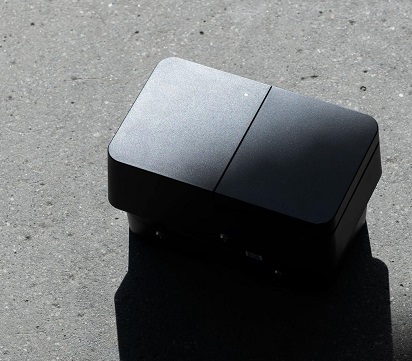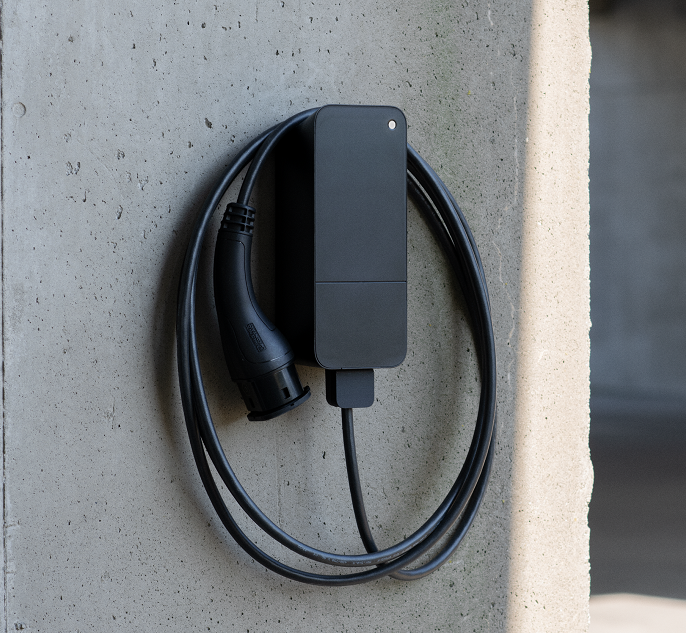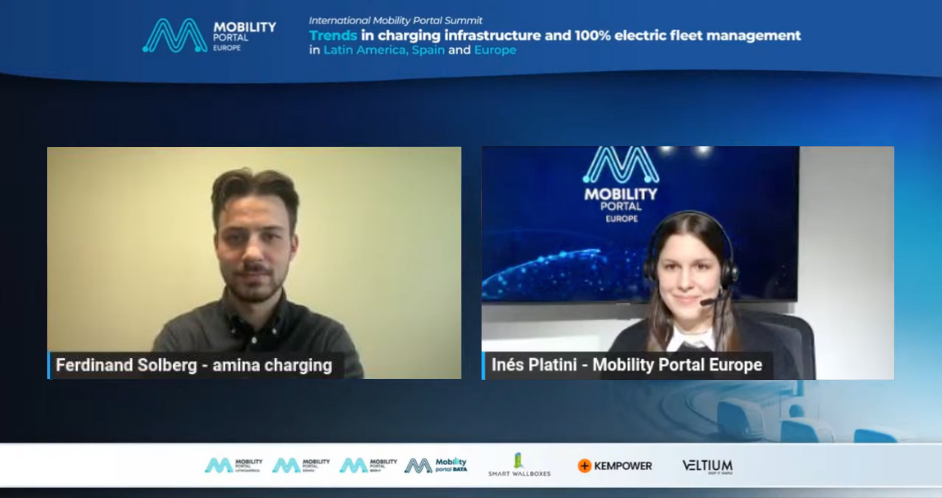During the International Mobility Portal Summit, organized by Mobility Portal Europe, Ferdinand Solberg, Business Developer at amina charging, revealed their business strategy for achieving success.

What sets the Norwegian firm apart from its competitors is its exclusive focus on hardware and its partner-centric business model.
This enables them to tailor their products to the needs of Charging Point Operators (CPOs).
“The company’s main goal is to identify market pain points and turn them into opportunities,” comments Solberg.
At Amina Charging, they focus on covering all aspects of the value chain, from charger production and delivery to customers to installation and commissioning.
Another strategy of the firm to succeed in the eMobility market is to aim to reduce the Total Cost of Ownership (TCO) of their products.
That is why their priority in product development and manufacturing is to ensure they use the necessary components and technology to keep costs low.
This way, they ensure they offer affordable and efficient solutions to their corporate clients.
It is worth noting that the company advocates for interoperability and actively promotes its adoption.
Their vision is to use this segment for home energy management, aiming to move towards greater demand flexibility.
Therefore, they do not rule out addressing other issues related to electromobility and energy management in the future.
“We want to take the position of a hardware partner that will provide the products that the energy management ecosystem needs,” the executive states.
How did Norway achieve its privileged position in the eMobility market?
The Nordic country holds a privileged position in the world of sustainable mobility.
In fact, Solberg argues that “one in four cars in Norway is now electric, and over 90 per cent of new car sales are battery electric vehicles (BEVs).”
Additionally, they have 25,743 public charging points, both alternating current (AC) and direct current (DC), according to the European Alternative Fuels Observatory (EAFO).
What is the reason behind such development?
According to the representative of Amina Charging, it is due to “consistency in incentive schemes.”
“For the past ten years, the Norwegian government has incentivized people to buy electric vehicles,” he explains.
While there are currently no purchase subsidies available for EVs, those costing less than 500,000 Norwegian kroner (44,000 euros) are exempt from the 25 per cent VAT, a measure introduced the previous year.
Also, since March 2023, the road traffic insurance tax for BEVs is 264 euros per year, with a 15 per cent discount, representing an average saving of 50 euros per year compared to internal combustion engine vehicles.
However, it is worth mentioning that there has been a 45 per cent increase for BEVs since 2022.
About amina charging

The Norway-based corporation is relatively young, with the launch of its first product, the amina c, in 2021.
Currently, the company has offices in Denmark, Sweden, and Finland, and recently opened one in the Benelux region.
With the goal of providing the products their partners need, they focus on supporting those offering these solutions to end-users.

What alternatives do they provide to the market?
Currently, they offer two residential chargers.
On one hand, there’s the amina 1, which provides a power of 7.4 kilowatts and resistance to any weather conditions.
On the other hand, there’s the amina s, the first home charger with its own Environmental Product Declaration (EPD) with a power of 22 kilowatts.
Relieve the International Mobility Portal Summit:








